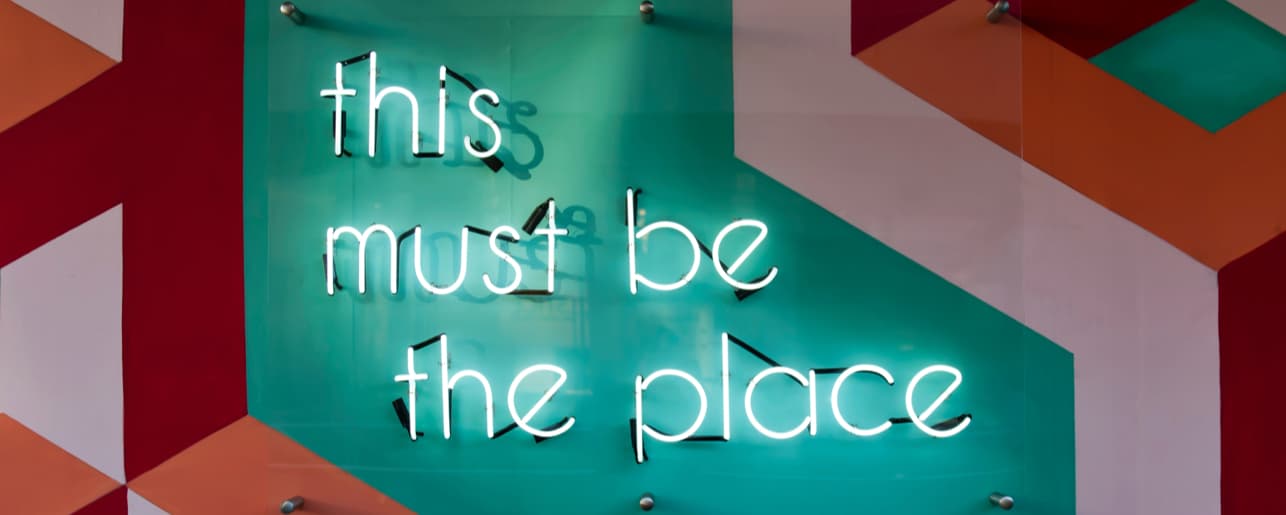Your brand should give your customers a picture of who you are and what you want to be known for. It should tell people more about the motivation, quality and values behind your service or product.
Building your corporate brand isn’t just about a logo, a catchy slogan, advertising or packaging. It extends to the customer service you provide and the way you treat your staff too.
1) What about your logo?

Take Amazon, for example. It has developed a brand reputation for lightning fast shipping and for selling anything and everything under the sun. This is reflected in the company’s logo, the word ‘Amazon’ underlined by a yellow line swooping from A to Z. It is meant to convey that the company sells everything from A to Z and to suggest a smile, hopefully inspired by its customer service.
One of the main aims of branding is to differentiate your company from your competitors. Your brand should generate a positive emotional response from customers and build a long-term relationship with them.
2) What is brand loyalty?
Building brand loyalty is critical because repeat customers cost less to retain than new customers and they spend more money. They are valuable because they will actively seek out your product or service, even advocating your brand. Customer loyalty means people keep buying from you even when competitors cut their prices or when a global financial crisis strikes. It also puts up barriers for other companies hoping to enter the market.
Having a strong brand gives a company a competitive edge because customers are often willing to pay higher prices for the brand name. For example, Apple advertisements have concentrated on promoting the company and its products as innovative, young and stylish, defining itself in comparison to the grey, nerdy, relatively dour world of PC users.
That said, having a strong brand doesn’t mean you can let your standards slip and charge what you like. Constant customer engagement and brand reinforcement is the key to long lasting success.

3) Who are your target customers?
It pays to find out what your customers already think about your company and its products and services. Find out too what services and products people need, and think about what they might want in the future.
Look at your existing customers in terms of demographics, income groups and geographical spread as well as their communication preferences. You should explore what influences their purchasing decisions and ask for suggestions on how you can improve your product, service, processes and distribution. The Chartered Institute of Marketing’s content hub is a good starting place to look for cutting edge tools and ideas.
Remember that loyalty is mostly driven by emotion. Customers are more likely to develop loyalty to your brand if it aligns with their beliefs and values, e.g. ethical bank accounts, sustainably sourced fish, clothing stores that ensure minimum wages and conditions for workers in developing countries and don’t use child labour.
Check what people are saying about you online, e.g. using Google Mention and monitor social media on Hootsuite and analyse any positive and negative feedback you receive.
4) Who are your competitors?
Finding out about your existing customers will help you target new customers, as will finding out more about your competitors. Start by looking at what your competitors are doing and what their customers are saying about them: their prices, products and services and the customers they are targeting. Check out their website, social media feeds and customer reviews on independent sites. Sign up for their newsletters and don’t forget to go to events and conferences too.
Make use of free resources like Google Alerts or use paid tools, such as SpyFu and SEMrush, which will give you an insight into the keywords and AdWords your competitors are buying.
5) What to do with your visual brand identity?
Source: AQ Blinds
It is important to have your logo on promotional materials, products, shop fronts and awnings, staff uniforms, vehicles etc. Decide on a consistent central message you would like your brand to communicate and what you want to stand for. Make sure you communicate this to your staff and integrate these values into your customer service, processes and products. Once you have decided this, be consistent and stay true to your brand and deal quickly and politely with complaints and feedback.





